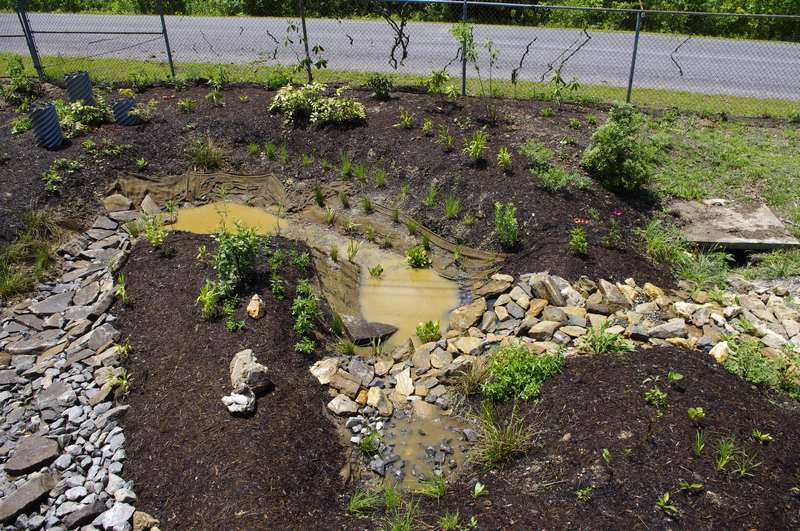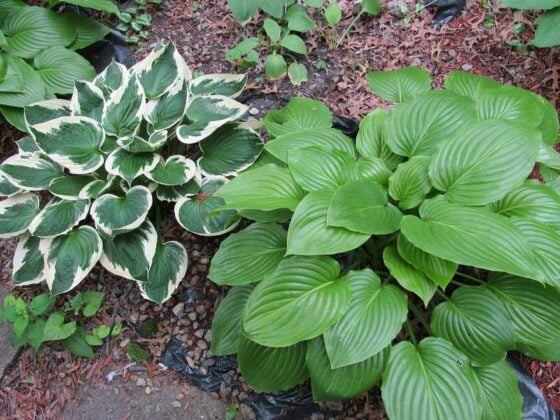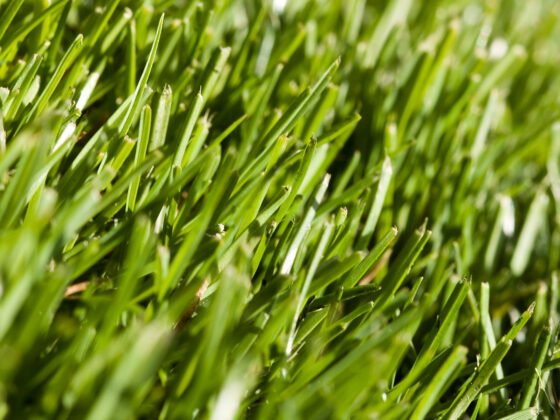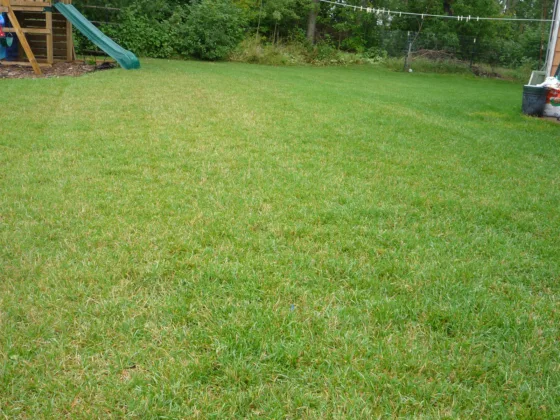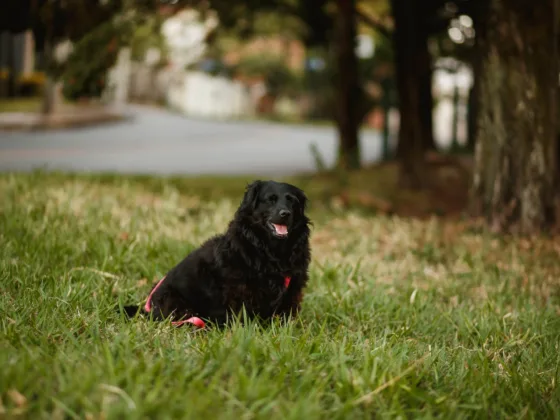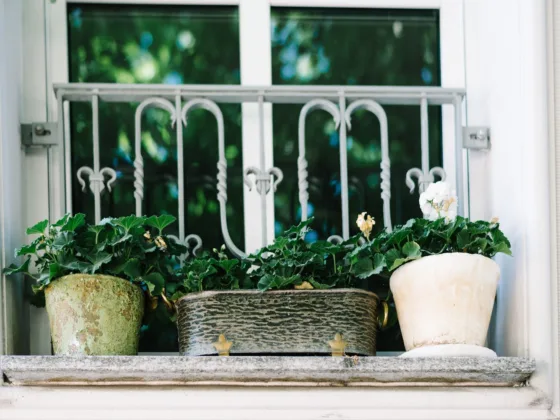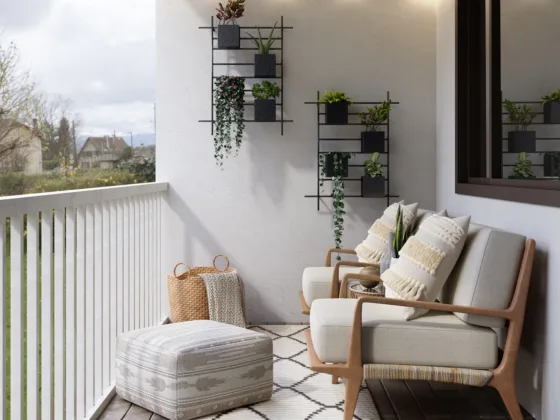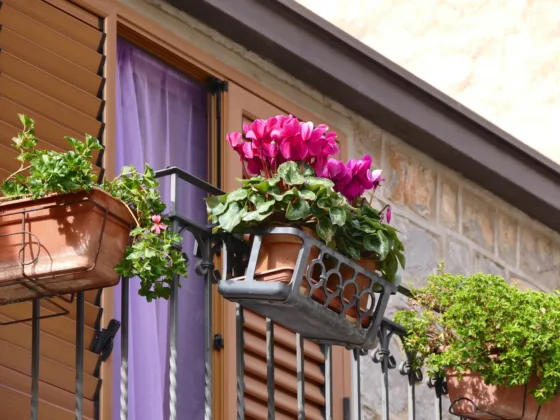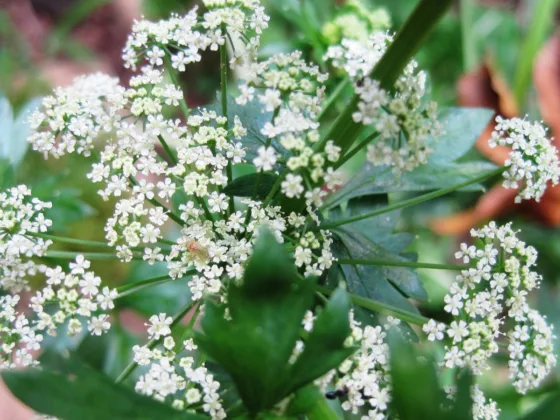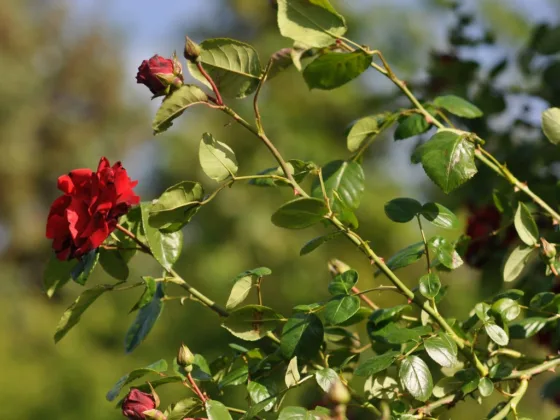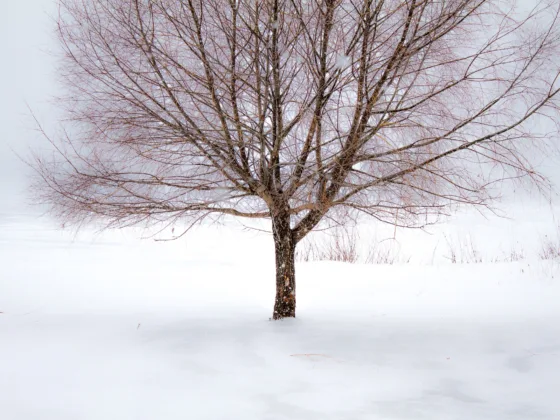Table of Contents Show
A rain garden is a beautiful way to clean the water that runs from a lawn to sewers and eventually into lakes, rivers, and oceans.
A rain garden consists of a depression in a lawn planted with native, deep-rooted plants. If positioned near a source of runoff, the garden will collect that runoff and use it rather than wasting it by sending it down to sewers.
This cuts down on wasted water but also prevents chemicals such as fertilizers, salt, and pet waste from reaching waterways.
How Rain Gardens Work
Because they are planted in a depression, rain gardens collect rainwater and any water that flows toward them–roof runoff, water from sprinklers that are not taken up by lawns, etc. A properly placed rain garden will capture a large portion of this water, which will soak into the ground.
The deep roots of the plants in a rain garden send this water far down into the soil, where it can be used by nearby plants. The deep roots also break up hard soil.
These plants also break up pollutants and make them inert. They sustain microbial populations that aid in biofiltration, a process by which small organisms degrade pollutants. One small rain garden can handle all the water and pollutants from one yard.

Read Also:
Benefits of Rain Gardens
Not only do rain gardens clean runoff and reduce wastewater and pollutants, but they can also be beautiful. A gardener can choose a wide variety of flowering plants and grasses to create a rain garden.
Because they consist of native plants, birds and beneficial insects will also find them hospitable and are likely to take up residence in rain gardens.

How to Plant a Rain Garden
Rain gardens will look different depending on the climate and region where they are planted. A rain garden will generally do best in the sun and will be most efficient when located in a natural depression in the ground. It should also be located at least ten feet away from the house to prevent flooding into the house.
Native plants are best for a rain garden because they are best suited to the local climate. Gardeners should check local guides to determine what plants are native to their area. Rain garden plants should tolerate both wet and dry conditions, as the amount of water they receive may fluctuate.
Gardeners should dig the garden four to eight inches deep and then add a few inches of compost. Plants should be about one foot apart from each other but can be arranged in any way.
Once the garden is planted, two to three inches of mulch should be added on top of the soil to keep out weeds and retain moisture. The new plants may need watering for two weeks if it does not rain.
These instructions may vary by climate, so this is only a general guide.
Many communities, including Maplewood, Minnesota, Seattle, Washington, and Atlanta, Georgia, have created rain garden programs and policies. But anyone with a lawn and a source of water, either rainwater or runoff, can create a rain garden. Rain gardens provide an opportunity to eliminate one’s environmental impact due to chemical runoff.
References
- The Groundwater Foundation. “All About Rain Gardens.”
